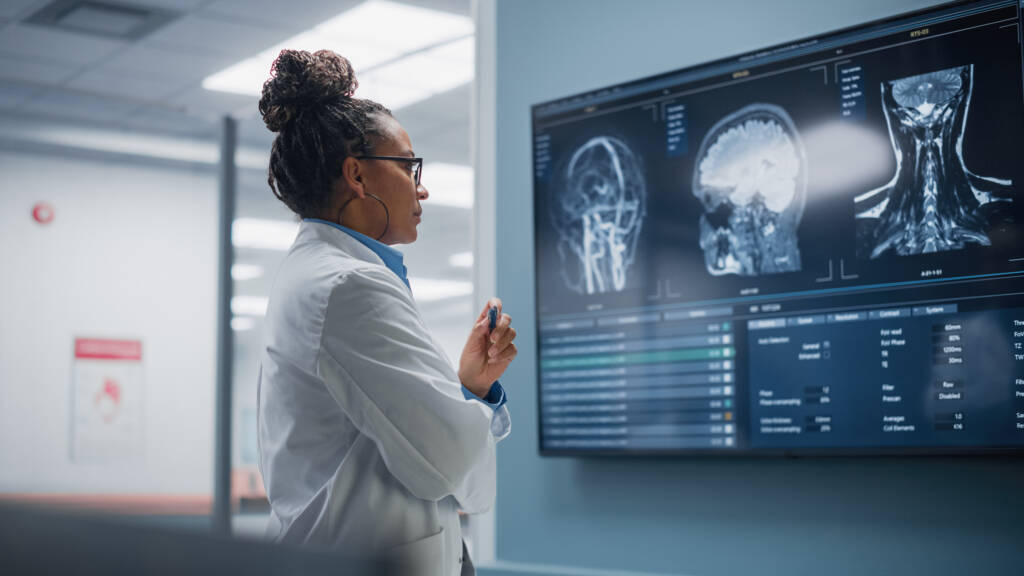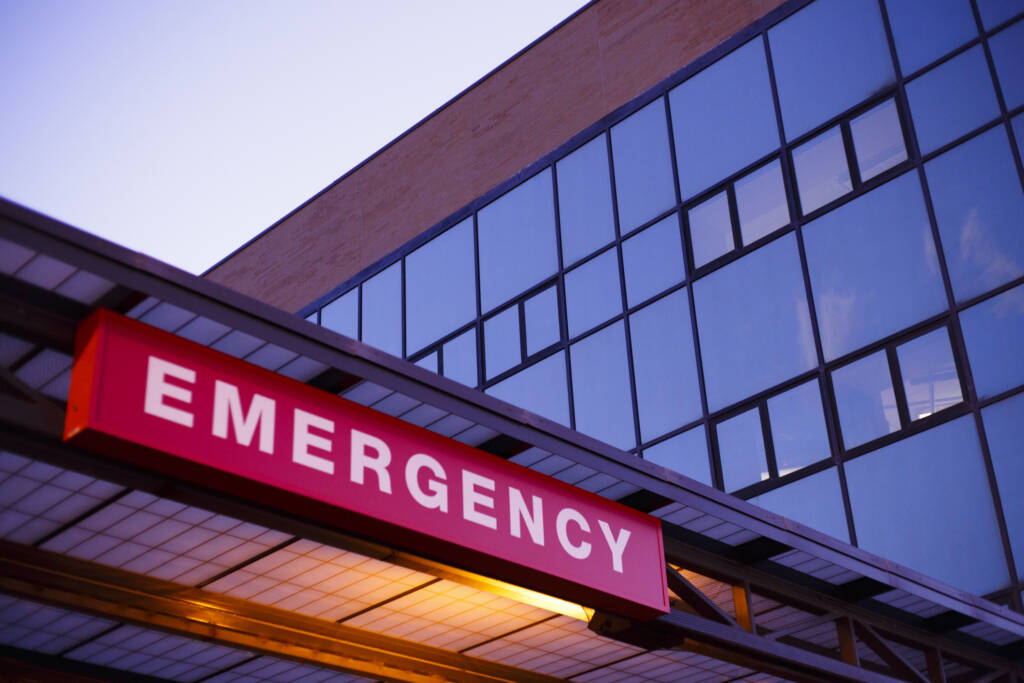
Health Science Foundations 1b

Building on the prior prerequisite course, you will further develop your understanding of health science. Starting with safety, you will analyze your responsibilities for ensuring patient and personal safety with special attention paid to emergency procedures. Infection control, first-aid, CPR, and measuring vitals are discussed in detail. You will also learn about numerical data, such as systems of measurement, medical math, and reading and interpreting charts. Finally, examine effective teamwork and leadership characteristics while building your employment skills.
During this course, you will learn career-related skills and earn a badge for this accomplishment. A badge is a digital certification of your career-related learning that you can share on social media or with higher education platforms, colleges, potential employers, peers, and colleagues. Select this link to learn more about badges.
Major Topics and Concepts
Unit 1: Health, Safety, Security
- Identify and manage safety hazards in a healthcare setting
- Implement proper body mechanics while moving patients
- Explain how different government agencies contribute to safety in health care
- Prepare for and respond to emergencies
- Analyze a problem using root cause analysis
Unit 2: Infection Control
- Summarize the chain of infection
- Compare levels of cleaning in a healthcare setting
- Recommend when and how to cleanse hands in a healthcare setting
- Differentiate between standard precautions and transmission-based precautions
- Link infection control practices to the fight against drug-resistant infections
Unit 3: Bloodborne Pathogens
- Assess the risks posed by the most common bloodborne pathogens in the United States
- Describe how bloodborne pathogens can spread in healthcare settings
- Reconstruct the steps for properly putting on PPE
- Explain the reasons for safely disposing of biohazardous waste
- Summarize the most risky behaviors for transmission of bloodborne diseases, both in a healthcare setting and in the community
Unit 4: Signs of Life: Vital Signs and CPR
- Measure and assess body temperature readings, integrating knowledge about thermoregulation
- Trace the changes in breathing and pulse rates throughout the lifespan
- Appraise the relationship between the oxygen saturation of the blood and other vital signs
- Summarize the difference between systolic and diastolic blood pressure readings
- Describe the effects that CPR can have on a patient in cardiac arrest
Unit 5: Data, Measurement, and Math
- Distinguish between ratios and percentages
- Name the units of measurement in imperial and metric systems
- Convert between imperial and metric measurements
- Calculate body mass index
- Interpret charts, diagrams, graphs, and tables to use numeric information
Unit 6: Technology in Healthcare
- Describe the different types of technology used to diagnose, treat, and track patient health
- Troubleshoot simple computer problems
- Summarize the different parts of an electronic health record (EHR)
- Evaluate the reliability of health resources on the web
- Explain steps to keep protected health information (PHI) safe as an allied health professional
Unit 7: Teamwork and Leadership
- Analyze the roles of different healthcare team members
- List and explain characteristics of good teams
- Lead or participate effectively in meetings
- Recognize resistance to change in patients and colleagues
- Apply conflict resolution techniques to disagreements
Unit 8: Employability in Healthcare
- Present a professional image through behavior, appearance, and demeanor
- Demonstrate work-ready characteristics and habits such as punctuality, dependability, discretion, and flexibility
- Analyze your career goals and assess their feasibility
- Evaluate and interpret employment opportunities in healthcare
- Create elements of a career portfolio
Competencies
Bloodborne Pathogens
Students will demonstrate an understanding of bloodborne pathogens by describing bloodborne diseases, summarizing safety measures, and explaining the spread of infectious diseases in the community.
Employability in Healthcare
Students will demonstrate an understanding of employability in healthcare by summarizing professional qualities and behaviors, describing career goals, and creating elements of a career portfolio.
Healthcare Team Dynamics
Students will demonstrate an understanding of healthcare team dynamics by describing multidisciplinary teams and explaining conflict management strategies.
Infection Control
Students will demonstrate an understanding of infection control by describing the chain of infection and explaining methods of preventing and fighting infections.
Math in Healthcare Settings
Students will demonstrate an understanding of math in healthcare settings by describing math terms and operations, converting among systems of measurement, and evaluating data visualizations.
Safety in Healthcare Settings
Students will demonstrate an understanding of safety in healthcare settings by describing patient and staff safety practices, explaining safety precautions, and summarizing responding and reporting procedures.
Signs of Life
Students will demonstrate an understanding of vital signs of the body by identifying and assessing vital signs and explaining the importance of vital signs in emergency situations.
Technology in Healthcare
Students will demonstrate an understanding of technology in healthcare by describing types of technology used and explaining protecting patient information.
